
Do you have a question about the Philips PHS5507 and is the answer not in the manual?
| Display diagonal | 55 inches |
|---|---|
| Smart TV | Yes |
| Operating system | Android TV |
| Number of HDMI ports | 3 |
| Number of USB ports | 2 |
| VESA mounting | Yes |
| RMS rated power | 20 W |
| Display Technology | LED |
| HDR | HDR10, HLG |
| Refresh Rate | 60 Hz |
| Bluetooth | Yes |
| Wi-Fi | Yes |
| Display resolution | 3840 x 2160 pixels |
| Digital TV signal format | DVB-T2/C/S2 |
Locate and register your TV's model and serial number for support and benefits.
Access software updates, reset TV, and read the user manual via the Help menu.
Consult online support for Philips TV problems by selecting language and model number.
Contact the Consumer Care hotline for support and repair services.
Search for and install software updates using a USB memory device or over-the-air.
View the current TV software version installed on the device.
Instructions on replacing batteries, cleaning the remote, and its key overview.
Information on the TV's infrared sensor for remote control commands.
Operate basic TV functions using the joystick when the remote is unavailable.
Read safety instructions before using the TV for safe operation.
Tips for optimal TV placement, considering light and viewing distance.
Connect the power cable and switch on the TV for the first time.
Advice on connecting devices using the highest quality connection available.
Connecting antennas for DVB-T and DVB-C signals for various TV series.
Attaching the satellite F-type connector to the SAT connection at the back of the TV.
Connecting video devices via HDMI for best signal quality transfer.
Connecting devices with DVI output to HDMI ports using an adapter.
Connecting audio devices via HDMI ARC and Digital Audio Out (Optical).
Connecting computers using HDMI-DVI or VGA connections for optimal display.
Installing a CI+ module and smart card for premium HD programmes.
Viewing photos, music, and videos from USB flash drives or recording with USB hard drives.
Connecting the TV to the internet via a network router using a network cable.
Open the sources menu to switch between connected devices.
Rename connected devices like HDMI or VGA sources for easier identification.
Manual search for channels and channel settings for antenna and cable.
Create and manage a favourite channel list for quick access.
Open, navigate, and use the TV Guide to view programme schedules.
Set reminders for upcoming programmes to tune in at the correct time.
Look up scheduled programmes by genre, such as movies or sports.
Record digital TV broadcasts and watch them later using a USB hard drive.
Pause digital TV broadcasts and resume watching later.
View photos, play music, and watch videos from a connected USB device.
Open photo folders, view individual photo files, and manage photo options.
Play video files, control playback, and manage video options.
Open music folders, play music files, and manage music playback options.
Navigate through the main menu options: Channels, Sources, Utilities, and Settings.
Access TV functions like TV Guide, Recordings, Channels, and Software Update.
Access frequently used settings via Quick Settings or all available settings.
Access all TV settings menus, including Picture, Sound, and System.
Technical specifications related to the TV's power supply and operating conditions.
Details on antenna input, tuner bands, and supported video/audio playback formats.
Information on diagonal screen size and display resolution for various TV series.
Specifications for output power, audio technologies, and sound modes.
Supported USB file systems and playback formats for images, audio, and video.
General tips for resolving TV problems and accessing support resources.
Steps to troubleshoot issues when the TV does not switch on.
Troubleshooting steps for when the TV does not respond to the remote control.
Solutions for common picture issues like no picture, distortion, or incorrect fit.
Troubleshooting steps for no sound or poor sound quality.
Troubleshooting HDMI connections, HDCP, and EasyLink functionality.
Solutions for issues with USB devices not showing or choppy playback.
Important safety instructions to prevent electric shock, fire, injury, and damage.
Guidelines for cleaning and caring for the TV screen to prevent damage.
Legal information, specifications, trademarks, and warranty terms.
Information on HDMI trademarks and their usage.
Details on patents related to HEVC decoding.
Information about Dolby Audio trademarks and licensing.
Information on obtaining source code for open-source software used in the TV.
Details on software licenses, warranties, and obtaining copies of source code.
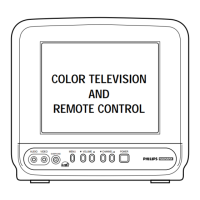


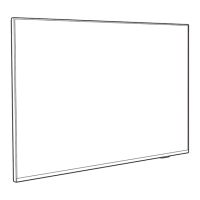
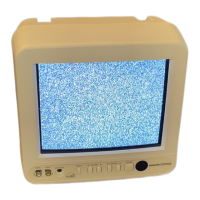




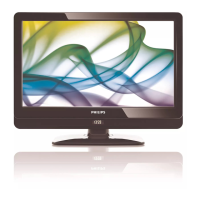
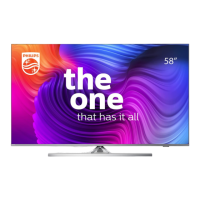
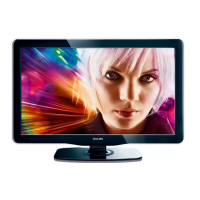
